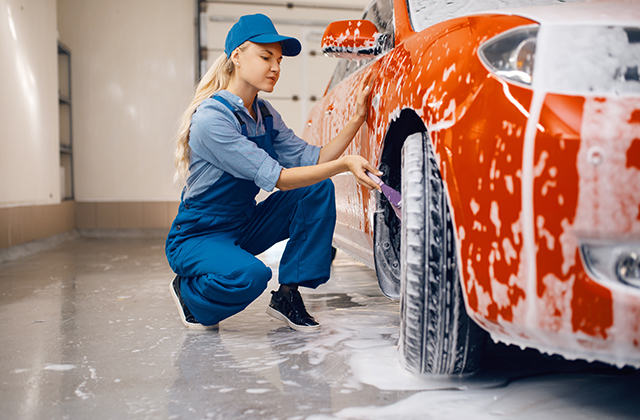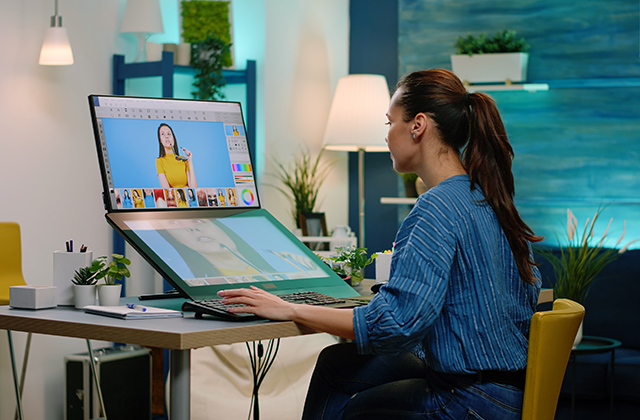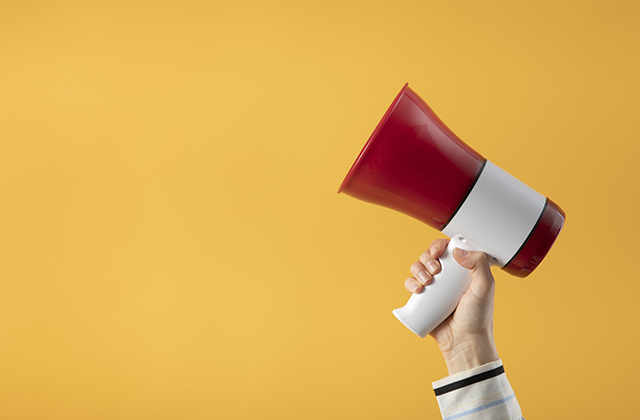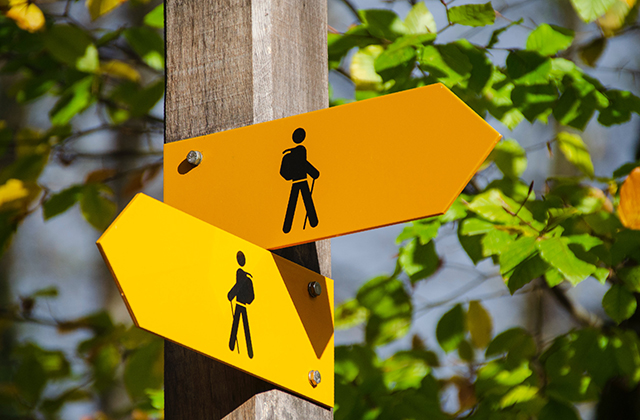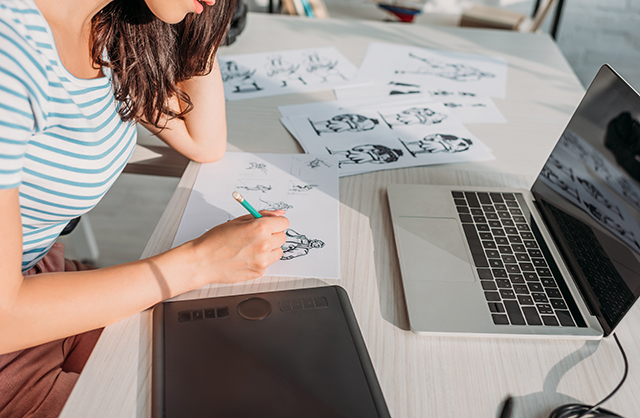
Storyboarding is a quintessential component of visual storytelling. It is the blueprint of a film, animation, or any visual project, serving as a visual roadmap that guides directors, cinematographers, and animators throughout the creative process. When it comes to mastering the art of storyboarding, Sydney Storyboard Artists are a hidden gem in the world of visual storytelling. In this article, we will take you frame by frame through the world of storyboarding and explore the techniques that make Sydney storyboard artists a remarkable group of professionals.
The Crucial Role of Storyboarding
Before we delve into the mastery of Sydney storyboard artists, let’s understand why storyboarding is so crucial in the creative industry. A storyboard is a sequence of illustrations that visually represent the key scenes and shots of a project. It helps the creative team to conceptualize, plan, and communicate their ideas effectively. By providing a clear visual narrative, storyboards save both time and resources, ensuring that every shot and scene aligns with the vision of the project.
Why Sydney Storyboard Artists Stand Out
Sydney, Australia, is a city known for its vibrant arts and culture scene. It’s home to a diverse community of artists and creatives, and among them, storyboard artists in Sydney have carved a unique niche for themselves. Here’s what sets them apart:
- Diverse Cultural Influences: Sydney’s multicultural environment has fostered a blend of cultural influences, resulting in a rich tapestry of creativity. Sydney storyboard artists draw from this diversity to infuse unique elements into their work, making it more appealing and relatable to a global audience.
- Storytelling Prowess: Storyboarding is, at its core, about storytelling. Sydney storyboard artists understand the art of narrative. They are not merely illustrators; they are visual storytellers who craft sequences that engage and captivate audiences.
- Technical Excellence: Storyboarding requires a deep understanding of the technical aspects of filmmaking, including shot composition, framing, and pacing. Sydney storyboard artists are proficient in these technical skills, ensuring that their boards are not just aesthetically pleasing but also functionally accurate.
- Innovation and Creativity: Sydney has a reputation for innovation, and storyboard artists in Sydney reflect this trait. They are not afraid to push the boundaries of traditional storyboarding, experimenting with new techniques and mediums to bring fresh ideas to the table.
Mastering Storyboarding Techniques, Frame by Frame
Now, let’s explore some key storyboarding techniques that Sydney storyboard artists employ:
- Visual Clarity: Each frame in a storyboard should communicate the narrative clearly. Sydney artists excel at creating frames that are easy to understand, using composition, angles, and perspective to guide the viewer’s eye.
- Emotion and Atmosphere: Effective storyboarding conveys the emotions and atmosphere of a scene. Sydney storyboard artists are adept at capturing the mood of a moment through lighting, color, and character expressions.
- Sequencing: The order of frames is crucial in storyboarding. Sydney artists have a knack for arranging frames to build tension, convey character development, and ensure a smooth narrative flow.
- Attention to Detail: Storyboarding is about the little details that make a scene come alive. Sydney storyboard artists meticulously incorporate these details, whether it’s a prop, a background element, or a character’s gesture.
- Collaboration: Storyboarding is often a collaborative process. Sydney artists are skilled at working closely with directors, writers, and other team members to bring their collective vision to life.
Conclusion
Storyboarding is an art form that, when mastered, can elevate any visual project to new heights. Sydney storyboard artists have gained recognition for their ability to infuse storytelling prowess, technical excellence, and innovation into their work. Their attention to detail and collaborative spirit make them a valuable asset to the creative industry. So, if you’re looking to master storyboarding techniques, consider exploring the world of Sydney storyboard artists, where each frame is a masterpiece waiting to be created and shared with the world. Learn how artist work with other artist to share ideas within the projects.
